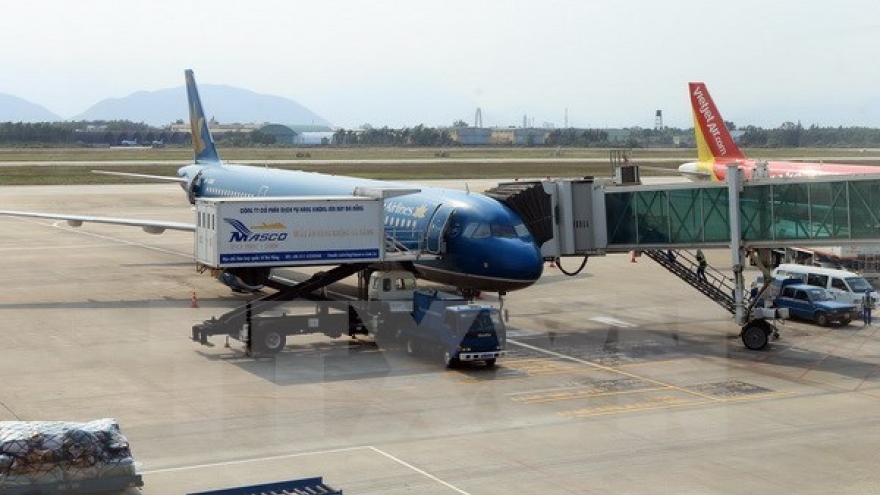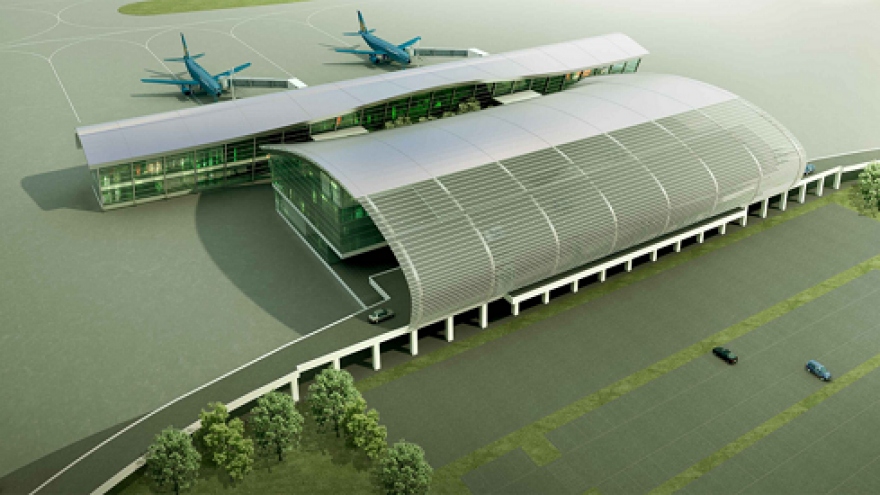Cat Bi International Airport put into operation
Cat Bi International Airport in the northern port city of Hai Phong was put into service on May 12 after more than two years of upgrading under a plan approved by the Prime Minister in 2012.
 |
The airport, together with Hai Phong International Port, Tan Vu-Lach Huyen Bridge and Hanoi-Hai Phong and Quang Ninh-Hai Phong Expressways, will form a complete transport network, facilitating socio-economic development and ensuring national defence and security in the region, he said.
The Government leader urged the Ministry of Transport, Hai Phong city and other localities to speed up the construction of transport, tourism and service infrastructure networks in order to make the best use of the airport.
He also asked Airports Corporation of Vietnam and Vietnam Air Traffic Management Corporation to maintain and protect the airport’s infrastructure, and coordinate with customs and police forces to ensure safety for flights.
Cat Bi now becomes a 4E-level international airport under the International Civil Aviation Organisation (ICAO) standards, a first-level military airport and a standby for Hanoi-based Noi Bai International Airport.
It is capable of accommodating Boeing 777, Boeing 747 and similar models, according to the municipal People’s Committee.
Currently, the national flag carrier Vietnam Airlines and low-cost airlines Vietjet Air and Jetstar Pacific Airlines are offering flights to and from Cat Bi International Airport, including five domestic routes to Ho Chi Minh City, Da Nang, Nha Trang, Pleiku and Buon Me Thuot.
More services will be launched linking the airport with destinations at home and abroad, including Phu Quoc island district (Kien Giang) as from May 12, Da Lat city (Lam Dong) from May 20, followed by routes to Nghe An province and Can Tho city as well as China, the Republic of Korea, Japan and Thailand.
At the ceremony, Cat Bi received the decision recognising it as an international airport.
In the first quarter of this year, the airport welcomed 363,600 passengers, up 48.7 percent and handled 1.610 tonnes of cargo, up 15 percent.
By 2020, the number of passengers is expected to reach 2.3 million while the amount of cargo will top 11,000 tonnes.



